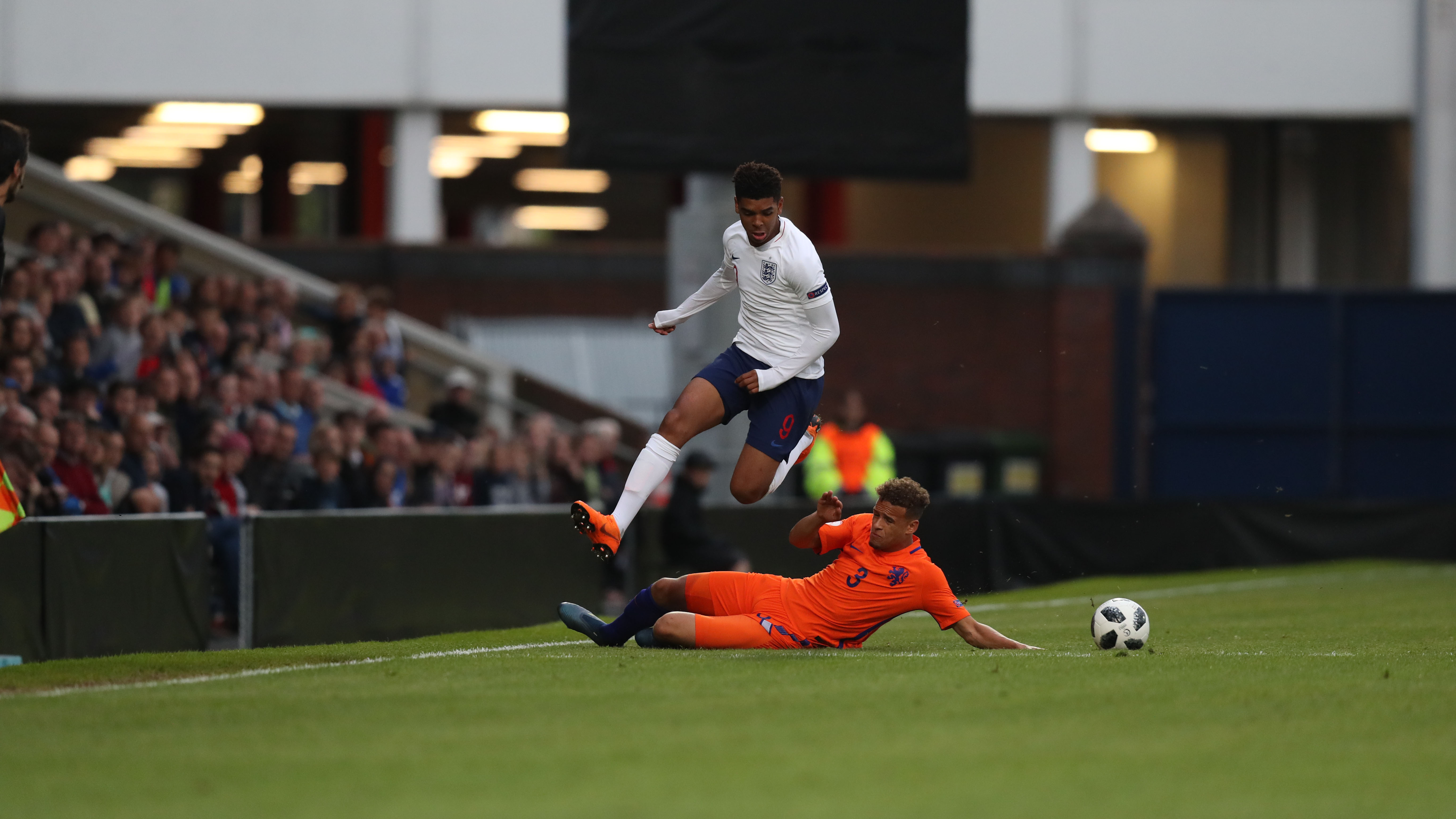
What is transition?
- Peter Glynn
- 30 September 2016
Transition is a key part of the game at all levels. Here, Peter Glynn, FA education content editor, provides an overview.
For most grassroots coaches session themes usually fall into two broad categories: in possession and out of possession.
Practice content is usually concerned with having the ball or trying to get it back. Focusing specifically on the moments between the two - also known as transition – is less common, but certainly no less important.
Effectively managing moments of transition – certainly at the elite level of the game - is now considered one of the key elements of gaining a competitive advantage and a key part of many teams' game plans.
“Over the last few years, transition has become a crucial tactical concept in the game plan of many teams. Teams are focusing on taking advantage of situations when they regain the ball, because the opposition’s defence is often disorganised at that moment,” writes Jens Bangsbo, former Juventus sports scientist, and Birger Pietersen, former Danish women’s team coach, in their chapter on tactics and strategies in the new book, Soccer Science.
One of the common trends adopted by teams in Euro 2016, particularly in the group stages, was a deep-lying defence. The tactic - which routinely saw up to 10 players defending deep in their own half – was employed to prevent the opposition exploiting space beyond the backline, but also to invite the opponents forward in the hope of hitting them on the counter.
“By deliberately keeping the team back and letting opponents come far up the pitch, space is available to overplay several opponents rapidly when the ball is won back.
“The focus is on the first pass after regaining the ball. It may be a long pass to an attacker in an open space combined with fast forward running by teammates to support the player who receives the ball,” Bangsbo and Pietersen add.
Similarly, the best teams may use a combination of quick first-time passes or an individual who can move quickly with the ball over large distances in order to expose any disorganisation in the opposition defence.
The England DNA defines transition as “the process of recognition and response in the first few moments following the regain or loss of possession.”
The process may start earlier. Do the very best teams and players actually predict when the ball might be won or lost and begin scanning, deciding, adjusting and reacting before a turnover in possession?
Having a clear picture of the changing arrangement of players and space may allow decisions to be made instantly and immediately rather than reactively.
In her interview on the importance of transition in edition 11 of The Boot Room, Marieanne Spacey, England women’s assistant coach, underlined the importance of prediction.
“Forward-thinking is something we encourage in all our players. Before possession is regained players should know in advance what options they have and what decisions they may make,” said Spacey.
“We don’t want players to win the ball back and then think: ‘what am I going to do now?’” she added.
Simply observing how your group of players react to a changeover in possession can be a useful, and sometimes illuminating, exercise.
- When your team lose the ball, do all the players make an attempt to return to a defensive shape behind the ball?
- Do they make recovery runs which shut down space and provide cover and support to their teammates?
- Depending on the style of play, do the players immediately near to the ball move to win it back? If not, what do they do?
- Likewise, on winning the ball back, do your team look to penetrate the opposition quickly and with accuracy?
- Do your attacking players make forward runs behind the opposition to allow the player on the ball to play a forward pass? If they can’t play forward or run with the ball what is the next best option?
- Does the player on the ball know what options they have before the ball arrives or do they have to look up once the ball has been controlled? What is the danger if this is the case?
By beginning to look at the game in this way and helping your players to try and answer some of the questions above you can see how appropriate player and team challenges may be designed and how a basic small-sided game may start to focus on transition.
Player challenge ideas linked to transitional play: things to ask players to consider
- “If we do win it back now – who is the player furthest forward that I can play to effectively”
- “Where are my passing options or space to run into if I intercept the next pass. Do I know?”
- “If this pass fails, where will I have to go to block a forward pass that the opposition may play”
- “If the next pass in this move fails, what will I have to do to prevent the opposition from hurting us”
Euro 2016 scenario challenge
Ask one team to play with a deep-lying block and one team to try and pick their way through. After a given time period swap the teams over.
What opportunities for coaching transition emerge from the scenario?


